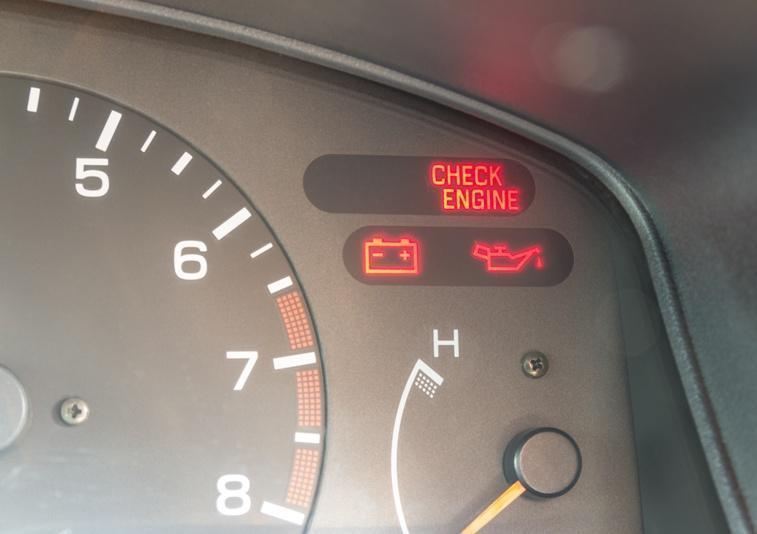How Often Do You Really Need An Oil Change?
This is the controversial question going around in the automotive industry these days. The most important thing to remember is that a simple oil change is the most cost-effective and vital maintenance needed to keep your vehicle in tip-top shape. Unfortunately, many auto shops often see vehicles come in with damaged or dirty engines because their owners went too long between changes, either because they didn’t know what oil to use or they thought they were saving money. However, the repair for engine damage caused by dirty or low oil is far more costly than paying for regular oil changes, especially as many auto shops offer oil change coupons.
Here are five basic facts vehicle owners should know about oil changes:
- The purpose of oil. Oil lubricates the parts of the engine so they don’t grind against each other; keeps the engine from overheating; and carries away dirt, dust, and other contaminants that would otherwise clog up the engine parts.
- The right interval. The oil change interval required for your vehicle will vary depends on its age, the type of oil used, and your driving conditions. The 3,000-mile interval is not as relevant as in years gone by. With today’s upgraded oils, the interval for most engines is now between 5,000 to 7,500 miles, or you could go as far as 15,000 miles if you use full synthetic oil.
- The dash warning light. Some dash lights are programmed to come on automatically at 3,000-5,000 miles after the last oil change. In some cars, that light might not come on until the engine is already too low on oil so don’t rely on the dash warning light.
- Temperature matters. Certain motor oils are designed to be thinner (less viscous) when cold and more viscous (thicker) when hot. The Society of Automotive Engineers has developed designations that indicate the viscosity of the oil, for example, 10-30W oil. The "10" refers to the lower viscosity when the engine is cold. The "30W" refers to the higher viscosity when the engine is hot and running normally.
- Conventional, premium, and synthetic oils. Certain high-tech engines require synthetic oils, while more mainstream engines typically use conventional oils. Premium oils have extra additives that may be useful for special driving needs. Blends that combine synthetic and premium conventional oils are often used for trucks and SUVs.
Follow your owner’s manual as to what type of oil is best for your vehicle and the appropriate mileage interval, or ask your mechanic for advice.
Looking for oil change coupons? Contact our ASE Certified Technicians at Clausen Automotive, The Hybrid Shop, for more information about how often do you really need an oil change and to schedule an appointment. Since 1975, our family-owned auto shop has proudly served vehicle owners in Madison, WI, and the surrounding communities.
There are five important facts about oil changes that vehicle owners should know. Ask Clausen Automotive about their oil change coupons.
This is the controversial question going around in the automotive industry these days. The most important thing to remember is that a simple oil change is the most cost-effective and vital maintenance needed to keep your vehicle in tip-top shape. Unfortunately, many auto shops often see vehicles come in with damaged or dirty engines because their owners went too long between changes, either because they didn’t know what oil to use or they thought they were saving money. However, the repair for engine damage caused by dirty or low oil is far more costly than paying for regular oil changes, especially as many auto shops offer oil change coupons.
Here are five basic facts vehicle owners should know about oil changes:
- The purpose of oil. Oil lubricates the parts of the engine so they don’t grind against each other; keeps the engine from overheating; and carries away dirt, dust, and other contaminants that would otherwise clog up the engine parts.
- The right interval. The oil change interval required for your vehicle will vary depends on its age, the type of oil used, and your driving conditions. The 3,000-mile interval is not as relevant as in years gone by. With today’s upgraded oils, the interval for most engines is now between 5,000 to 7,500 miles, or you could go as far as 15,000 miles if you use full synthetic oil.
- The dash warning light. Some dash lights are programmed to come on automatically at 3,000-5,000 miles after the last oil change. In some cars, that light might not come on until the engine is already too low on oil so don’t rely on the dash warning light.
- Temperature matters. Certain motor oils are designed to be thinner (less viscous) when cold and more viscous (thicker) when hot. The Society of Automotive Engineers has developed designations that indicate the viscosity of the oil, for example, 10-30W oil. The "10" refers to the lower viscosity when the engine is cold. The "30W" refers to the higher viscosity when the engine is hot and running normally.
- Conventional, premium, and synthetic oils. Certain high-tech engines require synthetic oils, while more mainstream engines typically use conventional oils. Premium oils have extra additives that may be useful for special driving needs. Blends that combine synthetic and premium conventional oils are often used for trucks and SUVs.
Follow your owner’s manual as to what type of oil is best for your vehicle and the appropriate mileage interval, or ask your mechanic for advice.
Looking for oil change coupons? Contact our ASE Certified Technicians at Clausen Automotive, The Hybrid Shop, for more information about how often do you really need an oil change and to schedule an appointment. Since 1975, our family-owned auto shop has proudly served vehicle owners in Madison, WI, and the surrounding communities.
